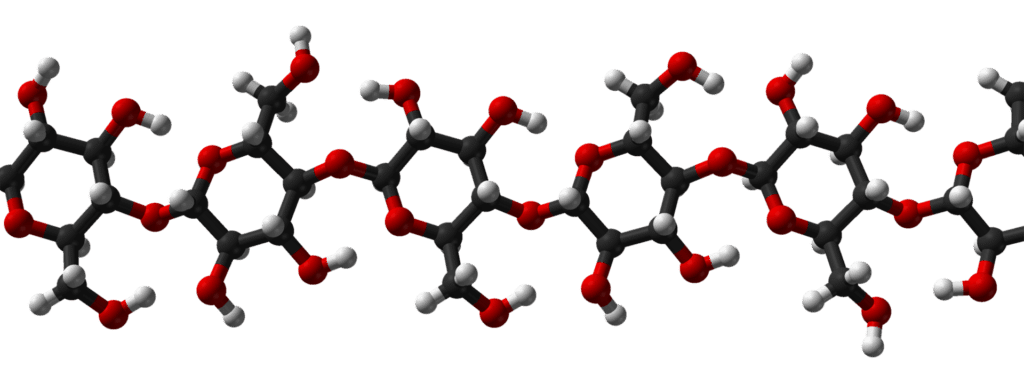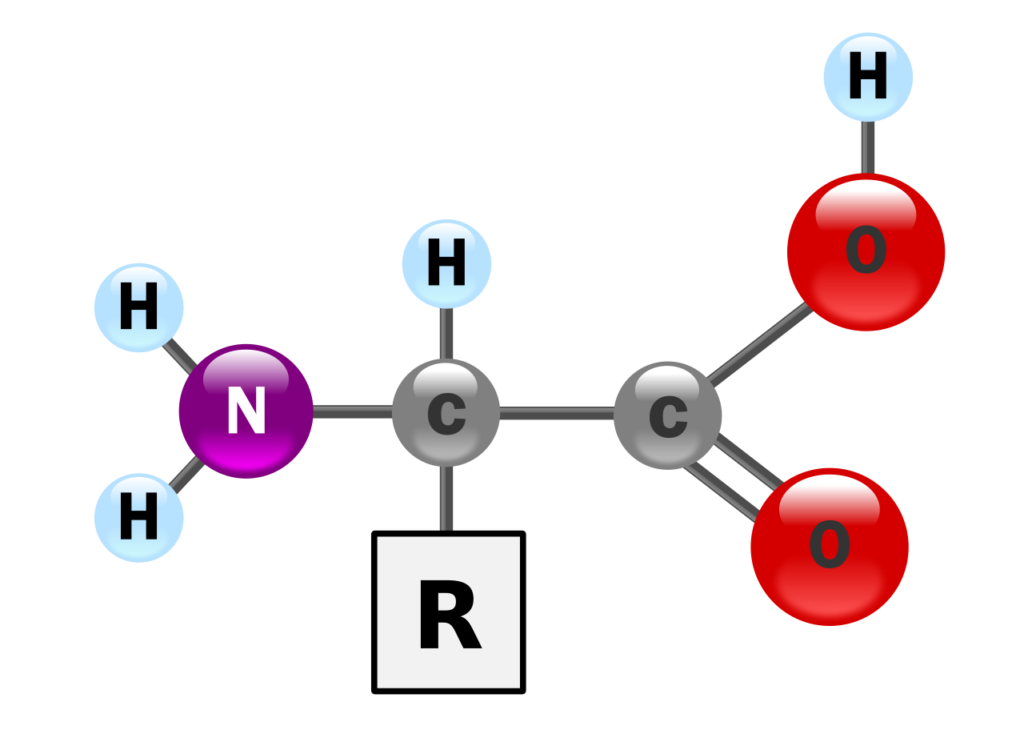Fat soluble vitamins are those which dissolve in organic solvents, include vitamins A, D, E, and K. These vitamins are essential for various physiological functions, including vision, bone health, immune response, and blood clotting.
Vitamins are essential organic compounds found in food, required in small quantity to support proper physiological functions.
Types of Fat Soluble Vitamins
- Vitamin A
- Vitamin D
- Vitamin E
- Vitamin K
Vitamin A
Vitamin A is one of the most important fat soluble vitamins which occurs in two forms: retinoids and carotenoids. Both forms share a alpha-beta-ionone cyclic ring and an unsaturated isoprenoid side chain, which is involved in the visual cycle.
i) Retinoids: These include three isomers of vitamin A—retinol, retinaldehyde, and retinoic acid. Vitamin A refers to all biologically active isomers.
- Retinol: This is a primary alcohol containing a beta-ionone ring and an unsaturated side chain.
- Retinal: Formed through the oxidation of retinol, retinal is an aldehyde (CHO) form of vitamin A and plays a key role in vision.
- Retinoic acid: Produced by the oxidation of retinol, it acts as an intracellular messenger influencing gene expression.
ii) Carotenoids: Beta-Carotene, a carotenoid found in plants, converts to retinol in the body, earning the name provitamin A. Beta-Carotene has two b-ionone rings, one at each end of its molecule.
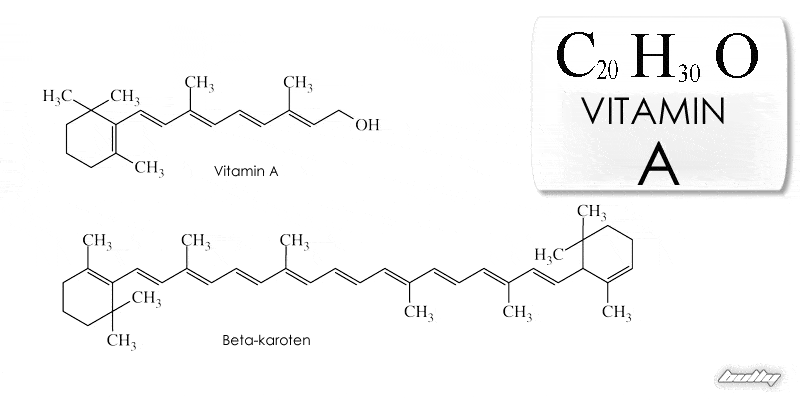
Sources
- Vitamin A is mainly found in animal-based foods such as eggs, meat, fortified milk, cheese, cream, liver, kidney, and fish oils like cod and halibut.
- Beta-carotene, on the other hand, is abundant in colorful fruits and vegetables, including carrots, pumpkin, winter squash, dark green leafy vegetables, and apricots.
- Typically, the more vibrant the color of the fruit or vegetable, the higher its beta-carotene content.
Biological Roles
- Supports good vision by being a key part of retinal pigments, particularly helpful in low light conditions.
- Aids in reproduction, cell division, and gene expression.
- Contributes to the development of bones and teeth.
- Helps maintain the mucous membranes in the mouth, nose, throat, and lungs by keeping them moist.
- Promotes healthy skin. Acts as an antioxidant, which may offer protection against cancer.
- Beta-carotene also functions as an antioxidant and strengthens the immune system.
Excess
- Toxicity can be either acute or chronic and may cause various symptoms.
- Acute toxicity includes dry, itchy skin, headaches, nausea, loss of appetite, and blurred vision.
- In severe cases, it can lead to growth retardation, liver and spleen enlargement, hair loss, bone pain, increased pressure in the skull, and skin changes.
- Excessive beta-carotene intake can cause the skin to turn yellow or orange.
Deficiency
- This condition is often linked to strict dietary restrictions or excessive alcohol consumption.
- Mild symptoms include night blindness, diarrhea, reduced resistance to infections, and impaired vision.
- In severe cases, it can cause eye inflammation, keratinization of the skin and eyes, and childhood blindness.
Vitamin D
Vitamin D, also called calciferol, exists in two active forms: calciferol (vitamin D2) and cholecalciferol (vitamin D3). It is synthesized from sterol compounds found in both plants and animals. When the skin is naturally exposed to sunlight (UV-B radiation), the vitamin is produced from its precursors—ergosterol in plants and 7-dehydrocholesterol in humans.
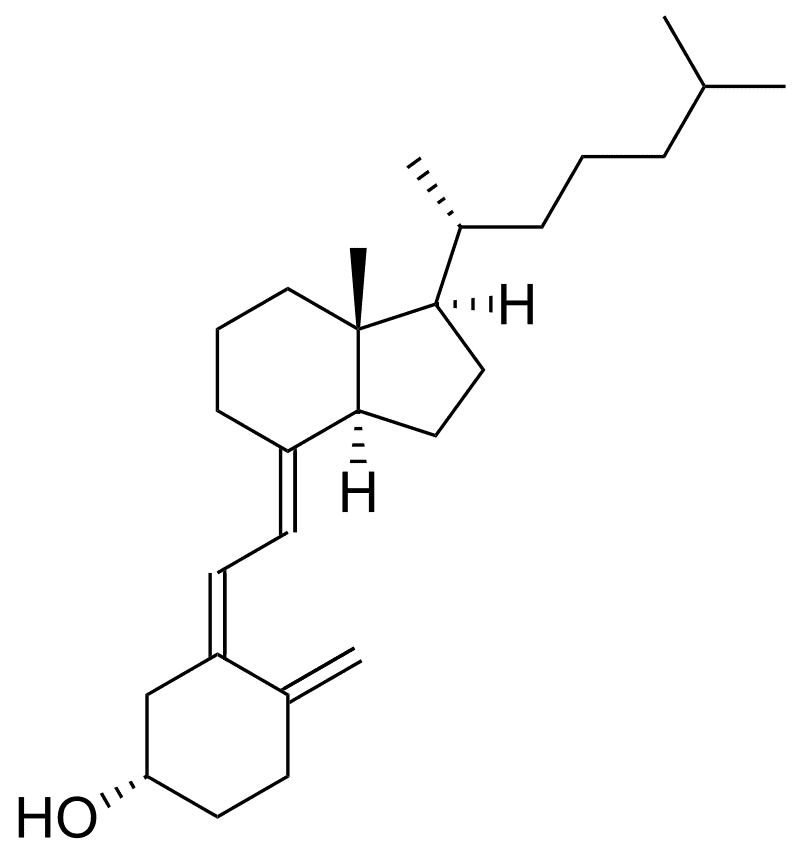
Sources
- The main sources of vitamin D are milk and other dairy products, as well as oily fish and cod liver oil.
- In addition to being obtained from food, vitamin D can be produced in the skin when exposed to UV rays from sunlight.
- It is recommended to get 10 to 15 minutes of sun exposure three times a week to meet the body’s vitamin D needs.
Biological Roles
- Vitamin D plays a key role in the metabolism of calcium and phosphate, helping to maintain adequate levels of both in the bloodstream.
- It also enhances calcium absorption in the gut.
- This vitamin is particularly vital for growing children, as it supports the development of strong bones and teeth.
- Additionally, research suggests that vitamin D offers protection against osteoporosis, high blood pressure, cancer, and certain autoimmune diseases.
Excess
- Toxicity leads to increased calcium levels in the blood, which can cause several side effects: blood vessel constriction, high blood pressure, and calcium deposits in soft tissues like the heart and lungs.
- Other effects include kidney stones, nausea, vomiting, constipation, poor appetite, weakness, and weight loss.
Deficiency
- The primary diseases linked to vitamin D deficiency are osteomalacia in adults and rickets in children.
- Mild deficiency can cause symptoms such as nausea, weight loss, and irritability, while severe cases can lead to mental and physical growth retardation, kidney damage, and the transfer of calcium from bones to soft tissues.
Vitamin E
Vitamin E is an essential nutrient because the human body cannot produce it on its own. Also known as tocopherol, vitamin E consists of eight naturally occurring compounds divided into two groups: (1) tocopherols and (2) tocotrienols. Tocopherols are synthesized by plants and photosynthetic organisms. Vitamin E is a derivative of a 6-hydroxy chromane ring with a phytal side chain. Among its isomers, α-tocopherol is the most active and is the most widely available form of vitamin E found in foods.

Sources
- It exists in both natural and synthetic forms.
- It is abundantly available in vegetable oils, cereals, meat, poultry, eggs, fruits, vegetables, legumes, wheat germ oil, and whole grains, and it is also offered as a supplement.
Biological Roles
- It functions as an antioxidant, shielding vitamins A and C, red blood cells, and vital fatty acids from being destroyed.
- Moreover, it aids in protecting cell membranes from harm.
Excess
- There is a heightened risk of bleeding, particularly in patients using blood-thinning medications like heparin, warfarin, or aspirin, as well as in those with a vitamin K deficiency.
- It may also lead to nausea and gastrointestinal issues.
Deficiency
- This condition is extremely rare and cannot occur without starvation.
- It typically affects infants and individuals who are unable to absorb fats properly.
Vitamin K
Vitamin K is a group of compounds derived from 2-methyl-1,4-naphthoquinone. Its structure features a quinone ring attached to an isoprenoid side chain.
Vitamin K exists in two forms:
- Vitamin K1 (phylloquinone): Synthesized by plants.
- Vitamin K2 (menaquinone): Produced by intestinal bacteria and serves as the primary storage form in animals.
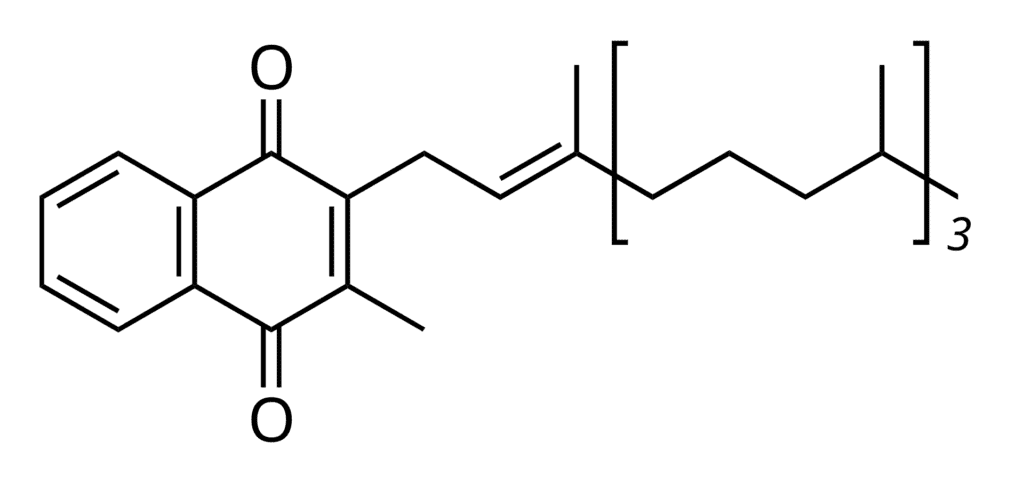
Sources
- Vitamin K is present in green leafy vegetables like broccoli and spinach, as well as in pulses, vegetable oils, cereals, milk and dairy products, meat, eggs, and fruit.
- Additionally, intestinal bacteria can synthesize vitamin K, contributing to the body’s supply.
Biological Roles
- Vitamin K plays a crucial role in normal blood clotting, as it is required for the activation of clotting factors II, VII, IX, and X.
- It acts as a cofactor in the carboxylation of glutamic acid to γ-carboxyglutamic acid, a process necessary for these factors to bind calcium.
- Vitamin K’s role is frequently utilized in anticoagulation therapies for patients at higher risk of thrombosis.
- The compounds used in such treatments are known as vitamin K antagonists, with many being coumarin-based. The most well-known of these is warfarin.
- In addition, vitamin K is essential for the synthesis of proteins C and S, and it contributes to the development of strong bones.
Excess
- This may lead to the destruction of red blood cells and liver damage. As a result, individuals taking blood-thinning medications may need to restrict their intake of vitamin K.
Deficiency
- Vitamin K deficiency is very rare in adults but can occur in individuals who have trouble absorbing it, such as those lacking intestinal bacteria or undergoing long-term antibiotic treatment.
- This deficiency can lead to excessive bleeding and a higher tendency to bruise.
- In newborns, it may cause hemorrhagic disease, as placental transfer of vitamin K is minimal, and its levels in breast milk are also low.
- To prevent this, a newborn is typically given 1 mg of vitamin K intramuscularly within 2–6 hours after birth, followed by 1 mg weekly until one month of age, and for exclusively breastfed infants, until six months.

